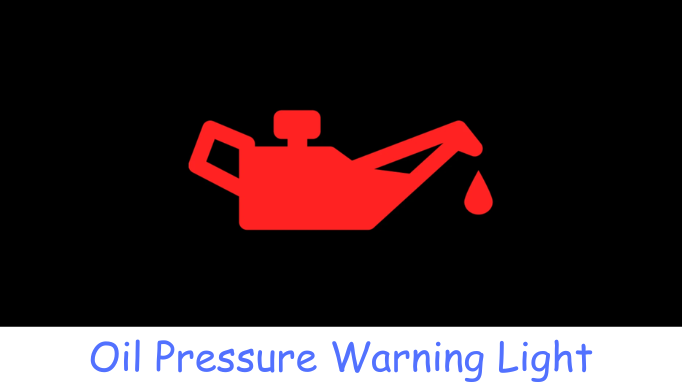Introduction
Imagine this: you’re driving along, enjoying the ride, when suddenly your dashboard lights up. That oil warning light is flashing, and your heart races. But don’t panic! We’re here to help you decode what that light means and how to address it effectively.

What Does the Oil Warning Light Mean?
The oil warning light is crucial; it indicates that your engine’s oil pressure is low. Ignoring it can lead to serious issues, including overheating and permanent engine damage. According to the American Automobile Association (AAA), 15% of drivers ignore warning lights, which can lead to costly repairs.
Common Causes of Low Oil Pressure
Let’s dive into what might be causing that light to illuminate:
- Oil Leaks: Both internal and external leaks can lead to oil loss. Internal leaks can be harder to detect, while external leaks may leave oil puddles under your car.
- Oil Pump Issues: The oil pump circulates oil through the engine. If it fails, oil pressure drops, potentially damaging engine components.
- Clogged Oil Filter: A dirty oil filter restricts oil flow, triggering the warning light. Regular filter changes are essential for maintaining oil pressure.
- Clogged Oil Passages: Over time, dirt and debris can block oil passages, reducing oil flow. Regular maintenance can prevent this.
- Neglected Oil Changes: Skipping oil changes allows sludge to build up, harming your engine’s performance. The AAA recommends changing your oil every 5,000 to 7,500 miles, depending on your vehicle and oil type.
- Faulty Pressure Sensor: If the oil pressure sensor malfunctions, it may give false warnings. Regular checks can help identify these issues.
- Worn Engine Parts: Wear and tear on engine components can lead to oil leaks, affecting oil pressure. Keeping your engine well-maintained can prolong its lifespan.
Solutions for Low Oil Pressure
So, what can you do when that oil warning light comes on? Here are some practical steps:
- Check Your Oil Level: Regularly check your oil level at least once a month. A low oil level could be the simplest fix.
- Verify Oil Pressure: Use a manual gauge to confirm oil pressure. This helps determine whether the warning is accurate.
- Choose the Right Oil: Ensure you’re using oil with the proper viscosity. Follow your vehicle’s specifications to avoid complications.
- Replace the Oil Filter Regularly: Changing your oil filter as recommended can keep your engine clean and functioning properly.
- Address Oil Pump Issues: If you suspect your oil pump isn’t working correctly, have it checked and replaced if necessary.
Conclusion
Now that you understand the meaning behind your oil warning light and the common causes of low oil pressure, you can take action. Regular maintenance, timely oil changes, and addressing any warning lights promptly will keep your engine running smoothly.
